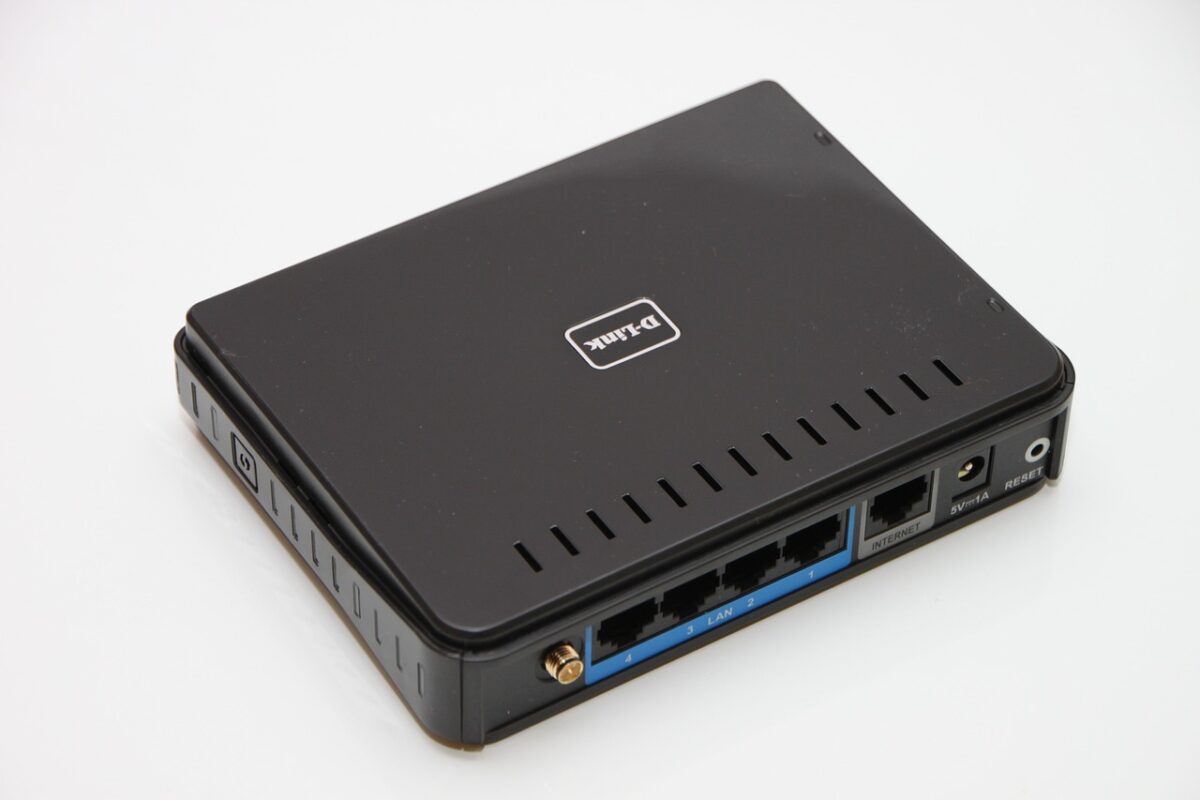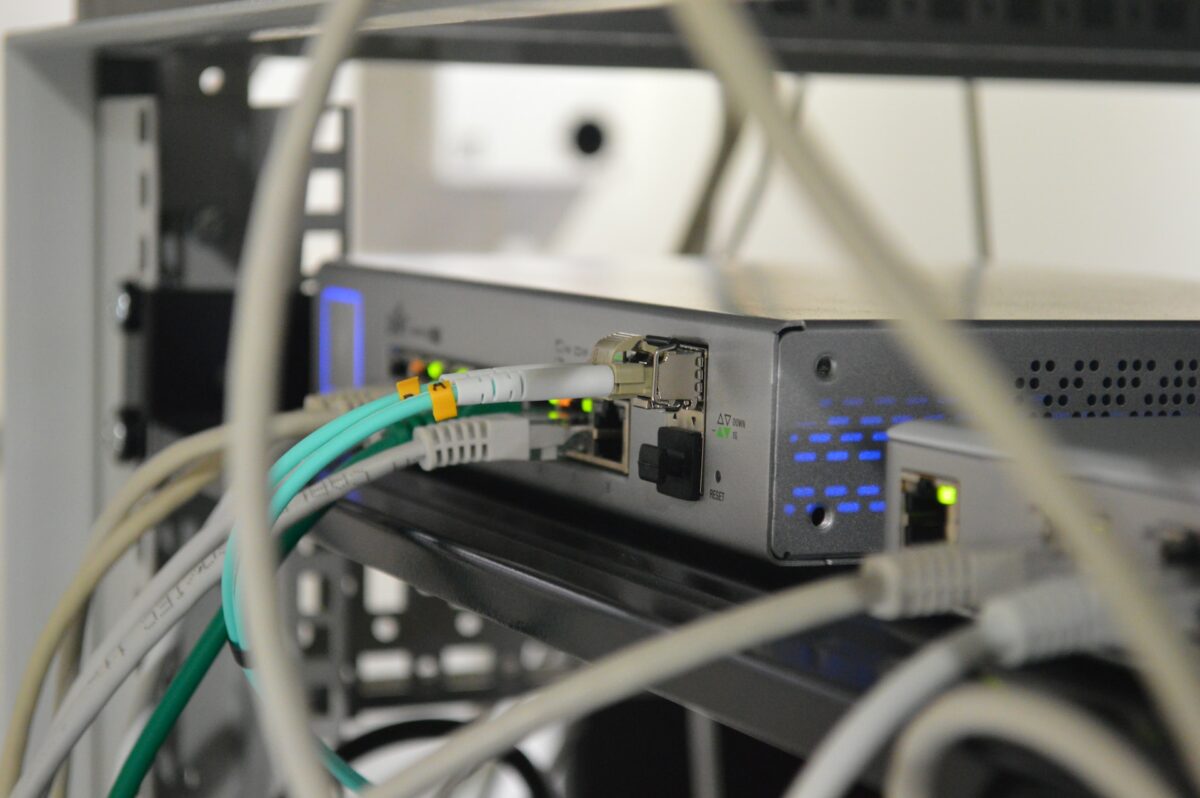Part of the D-Link xStack family of Ethernet switches, the DGS-3120 is a stackable Layer 2 solution for organizations looking for a Gigabit networking infrastructure that can be grown and adapted to suit their needs.
Based on a non-blocking high-speed stackable architecture the DGS-3120 is a robust and well-proven solution with optional redundant power and PoE support.
It also features IPv6 capabilities plus enhanced security, authentication and other network management options above and beyond those provided by unmanaged alternatives.
And all at a competitive price, making the DGS-3120 of particular interest to medium sized and growing businesses on a strict budget.
Hardware Options
The 1U rack-mount switches that comprise the DGS-1230 Series can be had in a variety of configurations, with two dedicated stacking ports at the rear of each unit providing up to 40Gbps full-duplex bandwidth for inter-switch traffic.

Using these up to six switches can be stacked together, giving an impressive total of 288 Gigabit ports per stack. Added to which there’s support for virtual stacking of up to 32 units, making it possible to manage large numbers of distributed switches remotely from a single console.
Redundant power can be specified if needed and with forced air cooling standard across the range the D-Link switches can be quite loud so are best located in a machine room or acoustic cabinet.
Remote telnet, Web or SNMP management make for easy deployment and on-going monitoring no matter where the hardware is located, although there is a dedicated port for attachment of a local console if required.
Moreover, an SD card slot is to be found at the front of each switch making it possible to both load boot images and save syslog files locally, should the need arise.
On the networking side most buyers will go for switches with either 24 of 48 network ports, four of which are combo ports, sharing their backplane connections with a set of SFP (Small Form-factor Pluggable) sockets alongside.
Equipped with suitable interface modules (available from around £70 ex. VAT upwards) these provide for fibre connectivity, with a 24-port SFP switch with 8 combo UTP ports an option for buyers with large fibre networks.
Power To The Network
For our tests D-Link supplied a 24-port model―the DGS-3120-24PC―which with a retail price of £480 (ex. VAT), also benefits from the optional Power over Ethernet (PoE) support.
As such it can squirt power to network cameras and wireless access points over the LAN rather than require a separate AC point for each.
Support for both 802.3af (15.4 Watts) and the high power (25.5 Watt) 802.3at technologies is available here with a total budget of 370 Watts, which should prove adequate on a 24-port switch, like the one we looked at.
On a 48-port model however it could well fall short, so the budget can be doubled to 740 Watts by adding a DPS-700 redundant power module.
D-Link Green technology is implemented across the DGS-3120 range, including auto power down of ports where no link is detected; tuning of power to suit attached cable length and thermostatically controlled smart fans. The PoE support can also be scheduled to turn on and off on a per-port basis.
Software Features
Although limited to Layer 2 management, DGS-3120 switches nonetheless provide a comprehensive set of traffic shaping, security and management tools, all of which can be managed from a single console.

We only had one switch to manage so used the built-in Web interface which proved relatively easy to master. That said, with so many options on offer, finding out way around was a little daunting to begin with.
Fortunately you don’t have to configure everything and among the options most likely to be used there’s straightforward support for 802.3ad link aggregation― typically used to boost bandwidth on server and switch uplinks―plus a variety of VLAN options to logically divide up and secure the network and restrict broadcast traffic.
Spanning Tree and Loopback Detection also come as standard along with a variety of QoS options to prioritise and guarantee bandwidth to different types of traffic.
Options now considered essential where networks are used for VoIP, IP surveillance and video conferencing as well as more general file sharing and data communication duties.
Added to these the D-Link firmware provides a variety of network access controls to stop malicious traffic from interrupting normal network flows.
Including support for D-Link ZoneDefense, making it possible to detect potential malware, such as viruses, and in conjunction with a D-Link firewall, identify infected computers and isolate them from the network to stop infections spreading.
Another plus is the ability to deploy DGS-3120 switches with either a standard or enhanced software image. Opt for the standard image and you get a reduced set of options including Quality of Service (QoS), traffic shaping, and basic security features.
Go for the enhanced image and extra VLAN and routing features are added. You also get the IPv6 support, enabling businesses to choose the solution that best fits their networking requirements rather than struggle with unnecessary complexity and features that they may never use.
Grow Your Own Network
Managed switches aren’t for everyone. Small companies can get by with unmanaged hardware while, for those wanting a modicum of control when it comes to managing traffic and security, there are lots of so-called “Smart” switches to be had.
As networks grow, however, more thought needs to go into the supporting infrastructure and how it can be monitored and controlled, and an expandable and stackable solution like the DGS-3120 starts to make a lot more sense.
Cost can be an issue, but with the DGS-3120 D-Link has a flexible and scalable solution that’s easy to deploy, affordable and competitive and one which can be extended and enhanced as the business grows.